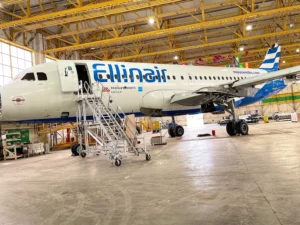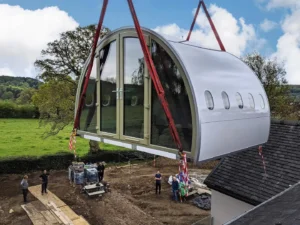
While an aircraft age does play a part in retirement, its lifespan is actually determined by the number of pressurisation cycles it undergoes.
Every time an aircraft takes off, the cabin needs to be pressurised to ensure cabin crew and passengers can breathe comfortably at high altitudes. This pressurisation process causes considerable stress on the airframe, resulting in metal fatigue. When an aircraft approaches its maximum pressurisation cycles, it must undergo extensive (and expensive) maintenance in order to remain its airworthy status.
It’ll come as no surprise that maintaining an aircraft can cost millions (literally!). According to Boeing, maintenance costs account for 14 to 20% of airplane-related operating costs. In many cases for ageing aircraft with a high number of pressurisation cycles, the cost of maintaining the aircraft back to its airworthy status is greater than the value of the aircraft. This is often the reason we see aircraft retired a lot sooner than expected; our technicians have disassembled aircraft as young as 11 years old!
The flying days aren’t over for airworthy parts and components. These are removed and re-certified before finding their way back into industry. You’ll be pleased to know; over 93% of each aircraft here at our facility is reused or recycled; starting a new life on younger aircraft models or retiring comfortably in your homes!
Interested in seeing more of the cool stuff we do with retired planes? Head on over to our socials:
Related blog








